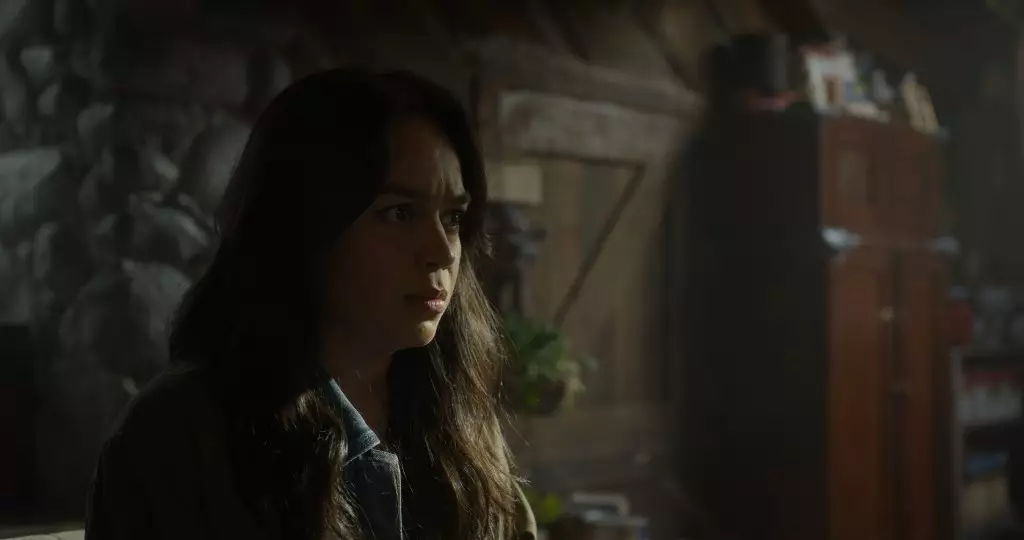After a quarter-century of thrills and chills, the Final Destination franchise is ready to unleash its latest chapter, “Final Destination: Bloodlines,” which is poised to captivate both loyal fans and newcomers alike. Directed by Zach Lipovsky, this installment promises unpredictability and fresh narratives, breaking the mold established by previous films. Lipovsky’s vibrant vision is evident in his approach to storytelling, where the first premonition, intriguingly set in 1969, serves not just as a nostalgic callback but as a pivotal departure point for the series. Such innovations are vital in an era where audiences crave originality, making predictability a nemesis rather than a friend in storytelling.
The Element of Surprise
In his interviews, Lipovsky emphasizes a departure from the monotonous “who dies next” trope. This unique storytelling twist—jumping from 1969 deaths to a modern-day lens—is a bold move that elevates tension and intrigue. Often, horror sequels struggle to capture the essence of their predecessors; however, with “Bloodlines,” the layering of narratives and temporal shifts keeps viewers on the edge of their seats, urging them to “lean forward,” as Lipovsky puts it. This proactive invitation encourages audience engagement, compelling them to decipher the twists and turns of the plot rather than passively consuming the experience. There’s something undeniably enchanting about a horror film that twists the expected formula, and it’s refreshing to see a filmmaker embrace that potential with vigor.
A Deeper Exploration of Death’s Narrative
The franchise is notorious for showcasing Death’s lethal planning as a form of poetic justice. However, “Bloodlines” positions itself not solely as a horror flick but as a philosophical exploration of fate and inevitability. Through the character of Stefanie—plagued by ominous dreams—the film sets the stage for a deeper dialogue about choices and consequences. This introspective angle enriches the narrative, steering it away from mere jump scares and morbid curiosity into a fascinating psychological realm. The plight not just to survive but to confront one’s nightmares in an attempt to avert catastrophe raises pertinent questions about agency versus destiny.
The Cultural Impact and Audience Engagement
The first trailer’s massive reception, boasting over 178.7 million views, underscores the high expectations placed on “Bloodlines.” It reveals an appetite for complex horror narratives that align with contemporary cultural phenomena. The anticipation created by the trailer reflects society’s relentless fascination with the macabre—our desire to confront mortality through the lens of entertainment. Yet, alongside these thrilling visuals, a more profound commentary pervades: an awareness of how our actions reverberate through time and the importance of confronting our fears head-on.
In this era of content saturation, “Final Destination: Bloodlines” stands as an essential addition to the horror genre, revitalizing an iconic series while making astute social observations. With creative storytelling at its core, the film is not merely a retread but a compelling saga that reintroduces cinematic horror with unexpected depth and urgency. As the release date approaches, fans and skeptics alike should prepare for a hauntingly refreshing ride.



Leave a Reply